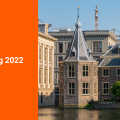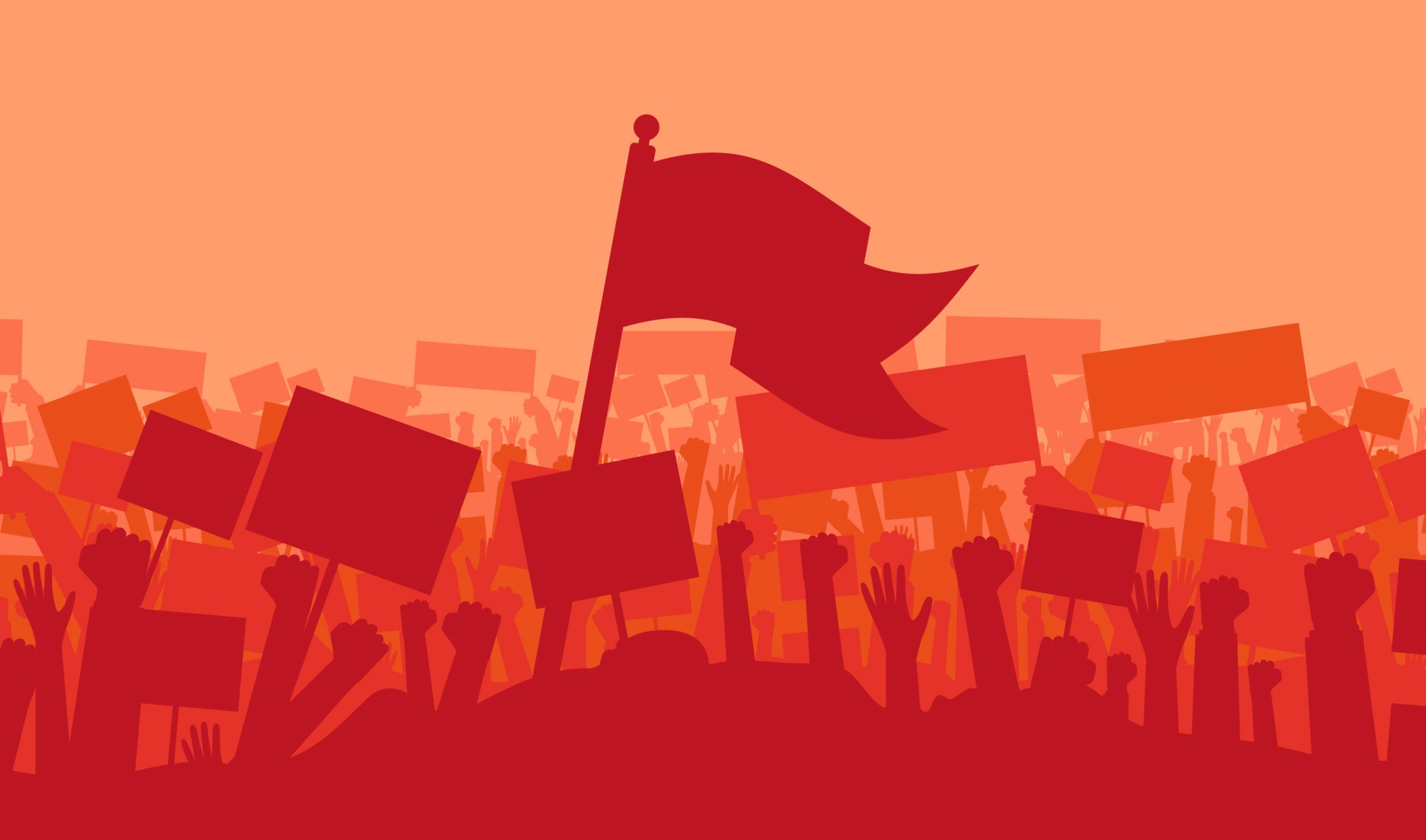
Want to attract political attention? Go protest!
In recent years, dissatisfied citizens have increasingly taken to the streets to protest. According to newspaper Fidelity the number of demonstrations in the four major cities has doubled in the past five years. From the BLM protests, the protests against the corona measures and last month's housing protest, protesting is now the way to get an issue on the political agenda.
On the political agenda
Protesting has been happening for years. In the early Middle Ages there were also organized, urban protest movements that had a strategic focus. The Protestants thought out their protests well, so that the message got across without provoking the irritation of the administrators. An example of this is that protests were organized in the form of plays. Plays were a very popular source of entertainment for the inhabitants of villages and towns throughout the Middle Ages. By organizing a protest exhibition, it was possible to generate more support for the subject and thus hopefully move administrators to action. Nowadays, this way of protesting is still popular. The organization behind the 'unmute-us' protests came up with a way to raise the issue with the general public, namely organizing a protest in the form of a festival, which is of course a popular leisure activity these days. This way you create a more peaceful protest where the message is supported by more people. A small minority then slowly turns into a large majority, which is difficult for politicians to ignore.
International character
What is remarkable about contemporary protests is that they have taken on a more international character. Due to globalization and the rapid provision of information, issues that lead to protests abroad can also cause outrage in the Netherlands. In Amsterdam, for example, half of the protests are about international issues. Examples of this are the climate protests and of course the BLM protests. According to Jacquelien van Stekelenburg, professor of Social Change and Conflict, digital resources also ensure that the protests are organized in a different way. Where a protest used to be initiated top-down, for example from a trade union, protests are now more often organized bottom-up. A minority quickly finds support for the intended protest through digital networks. Due to increasing polarization and globalization, protests will not decrease in the future. Protesting is an essential part of a parliamentary democracy and ensures that politics is also challenged by citizens.


